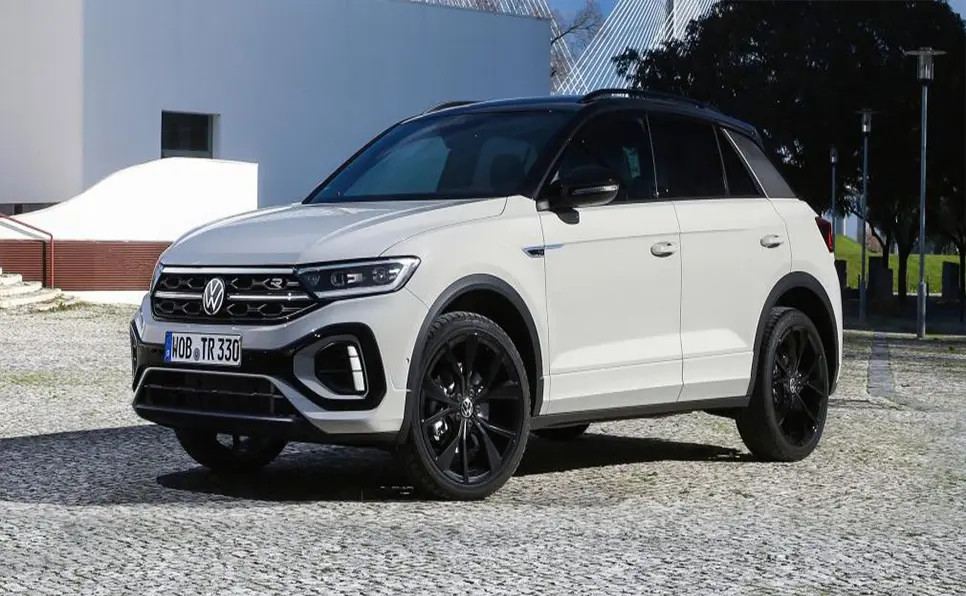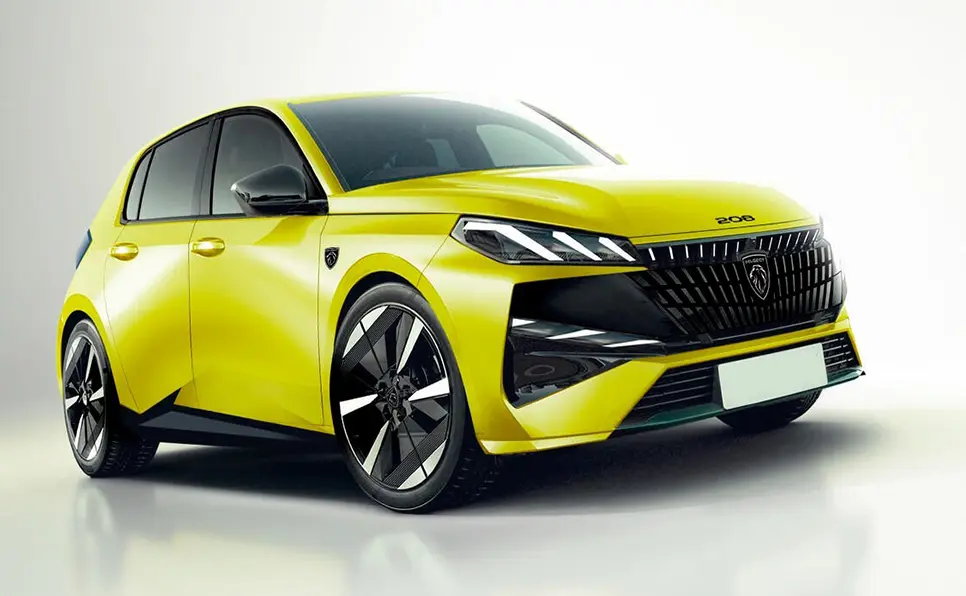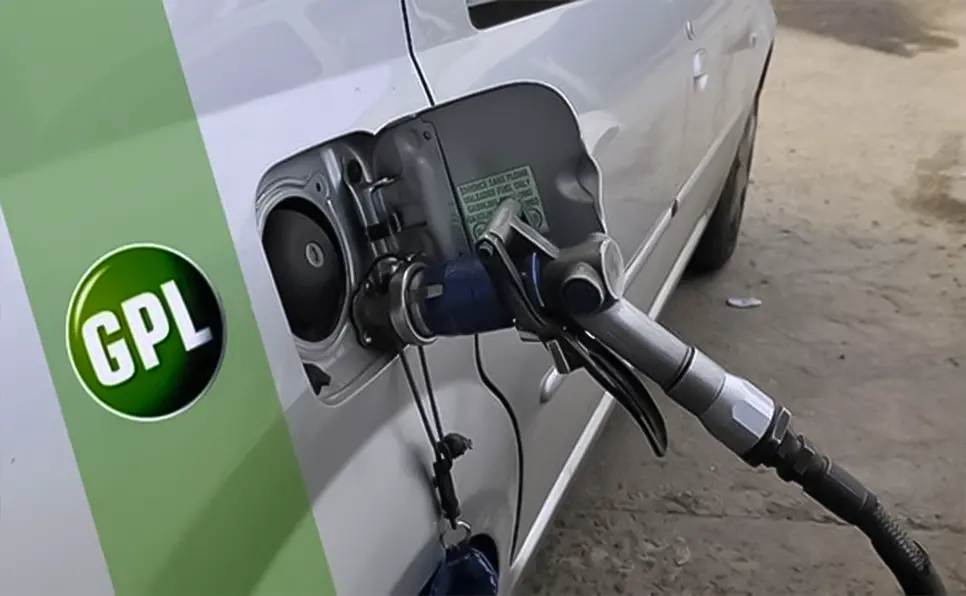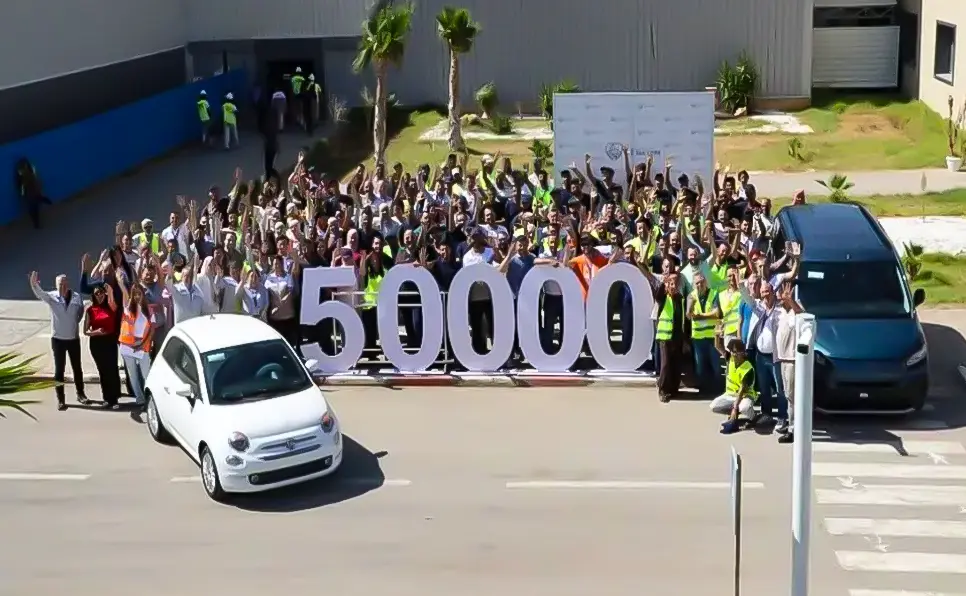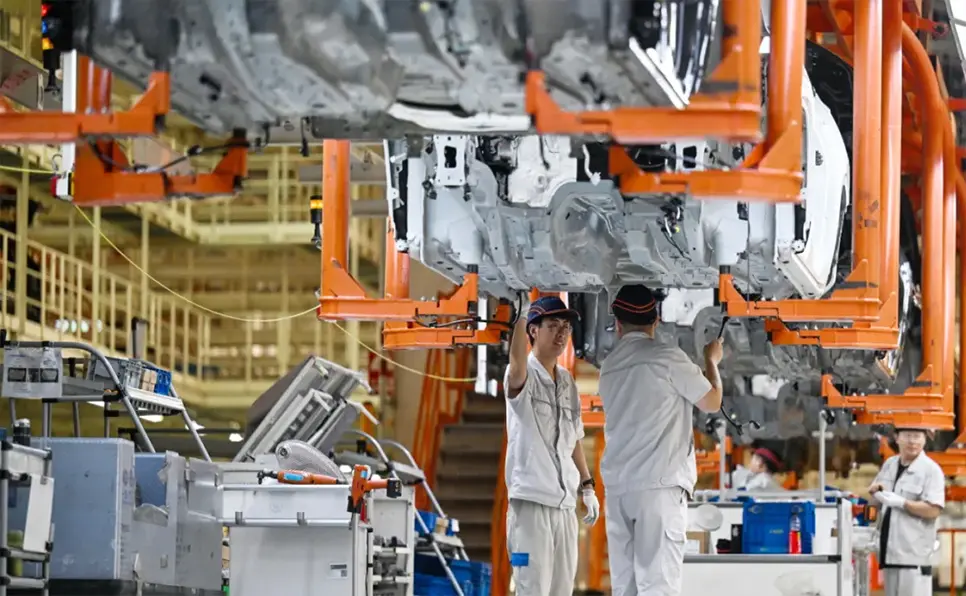
Volkswagen has announced a halt to production at its Nanjing, China, plant. The company cited a “reorganization of its activities in its core market,” which is currently undergoing radical changes. Faced with the difficulties it faces in China, Volkswagen is forced to review its plans and adjust its production by closing a factory.
A group spokesperson confirmed to AFP that the plant, which the company operates jointly with its Chinese partner SAIC, has ceased operations. This is the first Volkswagen production site in China to be completely shut down.
While the closure has not yet been officially confirmed, it is expected to take place by the end of the year, according to information reported by the German business newspaper Handelsblatt. The group has been cautious on the matter, preferring to emphasize its strategic desire to adapt its industrial network “to the new reality of the Chinese automotive market”: the rapid shift towards electrification, connected vehicles, and increasing competitive pressures.
The plant, which opened in 2008 in the Nanjing Economic Development Zone, employed approximately 2,500 people and had an annual production capacity of 210,000 vehicles. The plant primarily produced internal combustion engine models, such as the Volkswagen Passat and Skoda Superb, and assembly is now expected to be moved to the nearby Yizheng plant.
Sources close to the matter have indicated that there are technical and financial obstacles to the transition to electric vehicle production at this site, particularly due to its proximity to the city center, which could complicate the effective modernization process.
The closure comes as Volkswagen faces fierce competition from increasingly innovative and competitive Chinese electric vehicle manufacturers. The Chinese market, which has traditionally been favorable to the German group, is witnessing a decline in sales of internal combustion engine vehicles in favor of battery-powered models, often produced locally by brands such as BYD, Nio, and Xpeng.
Volkswagen, which still has more than 30 production sites in China, has embarked on an ambitious transformation. After selling its Xinjiang plant in 2024, the company is now counting on a new generation of electric models, planned for launch in 2026, to regain its position.

